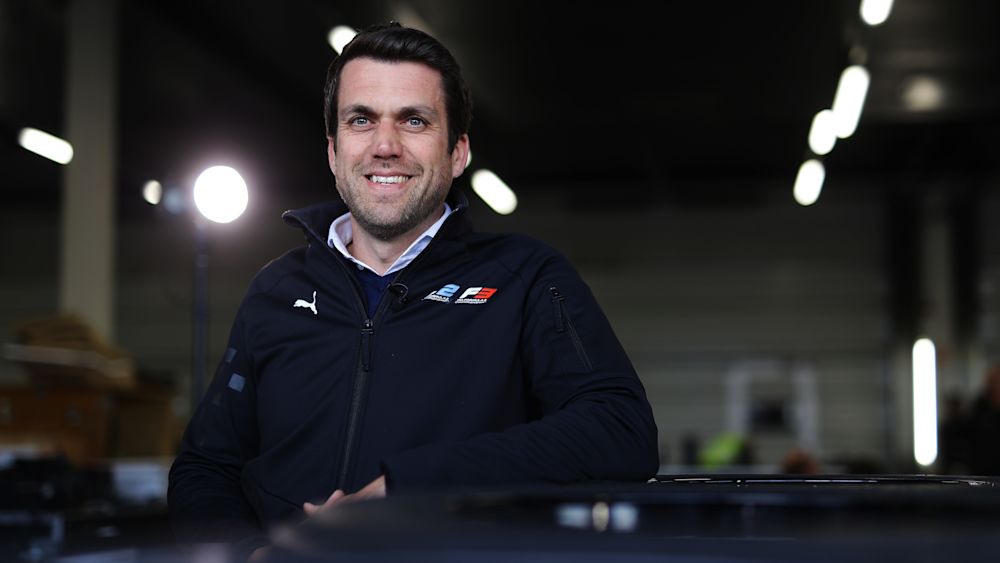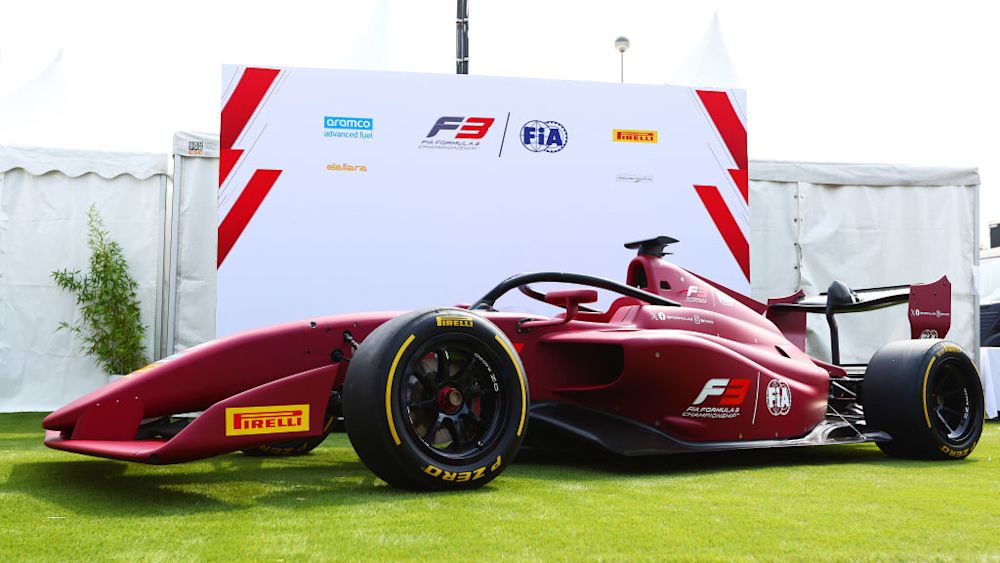Feature F3 Explained: The Cutting-Edge Technology Powering the All-New 2025 Car
2025 marks a significant transformation for the FIA Formula 3 series, with the introduction of a new car boasting many upgrades from its predecessor. Along with a revamped aerodynamic design and larger tires, the car has undergone considerable changes beneath the surface.
This article delves into the advancements in fuel and engine technology that are central to this exciting new era for Formula 3. The Championship, in collaboration with partners Aramco and Mecachrome, is pushing the boundaries of sustainability without sacrificing performance.
F2 and F3 Technical Director Pierre-Alain Michot provided insights into these innovations and the behind-the-scenes efforts that went into the upgrades.
“This year’s engine is an upgrade from 2024,” Michot explained. “We’ve made some modifications to the electronics to accommodate the Aramco Advanced fuel, which meets the FIA’s 100% sustainable fuel standard. The primary objective was to integrate the new fuel with the engine. Mecachrome conducted extensive testing to ensure we could achieve the same performance and reliability as with the previous car.”
But what exactly changed? Formula 3 used 55% bio-sourced sustainable fuel in 2023 and 2024. In 2025, the series is making the shift to 100% sustainable fuel, using second-generation bio components.

This transition involved a comprehensive concurrent development program. Data from the 2025 car, coupled with extensive laboratory work, helped refine the fuel specifications for the season.
“In 2023 and 2024, we used 55% sustainable fuel, while in 2025, we’re at 100% advanced sustainable fuel. It’s bio-sourced fuel. We selected the specification together based on our performance expectations,” Michot continued.
“We tested various specifications in the lab with Aramco, then tested and validated them on the Mecachrome dyno. We conducted endurance running, accumulating significant mileage throughout the development cycle.
“We ran tests in parallel with the car on the track, making improvements to the engine mapping, and implementing changes during the test days. We finalized the specification in early July 2024.”
‘Mapping’ refers to the retooling of the engine control unit (ECU), the engine’s ‘brain.’ This process optimizes how the engine delivers power, leveraging the new fuel’s strengths to achieve maximum performance across various demands.
From warming up in the garage to accelerating on straights and navigating corners, the engine must handle all situations encountered during a race weekend. The optimal mapping is crucial for the new generation of fuel, as meticulous lab work ensures the advanced fuel’s maximum efficiency while keeping the engine in peak condition throughout its lifespan.

“Whenever you introduce a different fuel, you need to create a new engine mapping. While we didn’t start from scratch, we had to ensure the car operated as expected with the fuel across its entire performance range and behavior. It needs to work from idle to the rev limiter to ensure the engine functions properly. Failing to account for certain parameters could damage the engine. New mapping takes many parameters into consideration.
“We’ve performed extensive dyno testing to account for these factors and to verify that the new generation fuel works as efficiently as possible with the engine.”
The new fuel and revamped engine aim to sustain the same engine performance as previous seasons.
“Engine performance will match that of previous seasons. Maintaining this was a primary goal during our dyno work. We were focused on ensuring that the engine’s power output would be at least the same as before.
“Mecachrome plays a crucial role here. Aramco provides a great product, but Mecachrome needs to make sure it works with the engine we use.”
The advancements should combine with other elements of the new car, promising an electrifying season of racing from start to finish.


